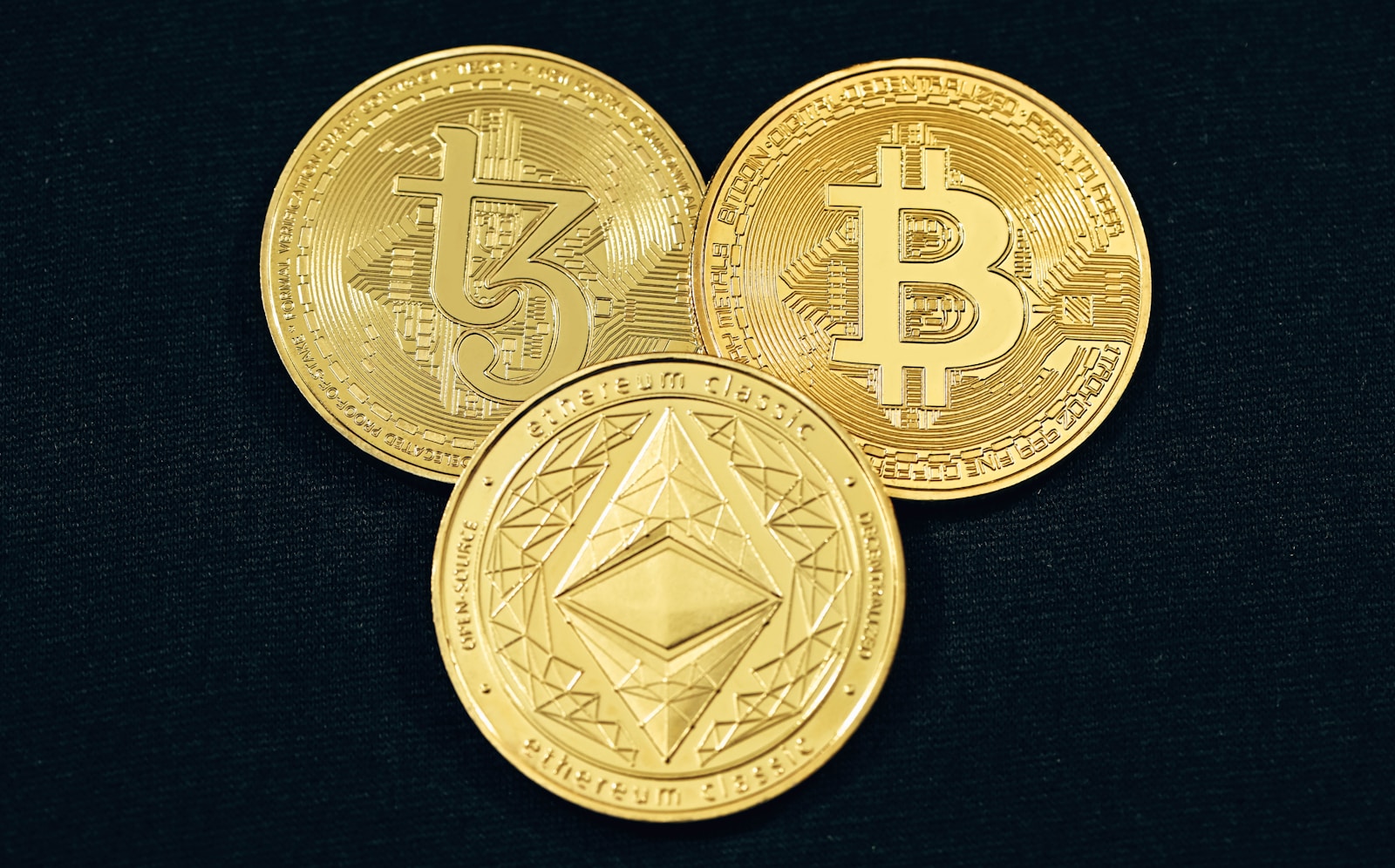Start by verifying the team behind the investment. Check their backgrounds on professional networks and look for any history in blockchain or finance. Transparent founders with verifiable experience reduce risk significantly.
Assess the technology and whitepaper carefully. Understand the problem the initiative solves and how its solution stands out from competitors. Technical audits or third-party evaluations add an extra layer of trustworthiness.
Analyze community engagement and activity levels. Active, knowledgeable user bases on platforms like Telegram or Discord often indicate ongoing development and genuine interest, unlike projects with sparse communication.
Perform due diligence on tokenomics and market behavior. Review supply distribution, lock-up periods, and liquidity details. Unusual patterns such as sudden price spikes may signal manipulation or unsustainable hype.
Use reputable data aggregators to cross-check information. Combining multiple sources reduces reliance on a single narrative and helps uncover inconsistencies before committing funds to any blockchain venture.
How to research crypto projects safely
Start by examining the foundational technology behind a digital asset, focusing on the blockchain architecture and consensus mechanisms. A thorough technical assessment reveals whether the underlying protocol is secure, scalable, and aligned with its intended use case. For instance, comparing Proof of Work versus Proof of Stake algorithms exposes different trade-offs in terms of energy consumption and decentralization.
Next, evaluate the development team’s transparency and track record. Verified identities, public contributions on platforms like GitHub, and previous successful ventures indicate credibility. Beware of anonymous teams or unverifiable claims; these often correlate with increased risk. Due diligence includes checking community feedback on forums such as Reddit or specialized sites like Bitcointalk.
Key aspects for comprehensive analysis
Whitepaper scrutiny: A detailed technical document should clearly outline the project’s objectives, tokenomics, roadmap, and problem-solving approach. Avoid vague or overly optimistic descriptions lacking measurable milestones.
Token distribution and utility: Investigate how tokens are allocated among founders, investors, and community members. Projects with disproportionate allocations to insiders may suffer from centralization risks or potential market manipulation.
Security audits: Independent third-party evaluations of smart contracts provide insight into vulnerabilities or backdoors. Reputable projects publish audit reports from firms like CertiK or Quantstamp.
- Example: The DeFi protocol Compound publishes ongoing security audits and maintains open governance forums.
- Counterexample: Projects lacking audits have historically faced exploits leading to significant financial losses.
A practical step involves monitoring social media channels and official communication streams for updates or inconsistencies. Regular developer activity signals ongoing commitment to improvement. Contrarily, prolonged silence can precede abandonment or exit scams.
Avoid rushing investments based solely on hype or short-term price movements. Establish clear entry criteria grounded in your analysis findings. Diversify holdings to mitigate potential losses stemming from unforeseen failures within individual initiatives. Remember that disciplined investigation coupled with patience forms the backbone of responsible allocation strategies in decentralized finance environments.
Verify Team Credentials
Verifying the qualifications and backgrounds of a project’s team members is fundamental to conducting thorough diligence before committing any funds. Genuine initiatives provide transparent access to detailed profiles, including professional history, technical expertise, and prior involvement in blockchain or related sectors. Confirming these credentials helps distinguish legitimate efforts from those with fabricated or exaggerated claims.
Start by cross-referencing team member identities with reputable sources such as LinkedIn, GitHub repositories, or academic publications. For example, a developer with significant contributions to open-source blockchain protocols adds credibility beyond simple self-description. On the other hand, absence of verifiable information or inconsistent data signals potential risks that require further scrutiny.
Indicators of Authentic Expertise
Technical analysis reveals that projects supported by professionals with relevant industry experience tend to perform more reliably over time. Key indicators include:
- Track record in software development: Contributions to established platforms or previous startups.
- Academic qualifications: Degrees or certifications in computer science, cryptography, finance, or economics.
- Public presence: Participation in conferences, published papers, or active engagement within blockchain communities.
For instance, a project led by a team member who has authored peer-reviewed research on consensus algorithms demonstrates an advanced understanding often absent in speculative ventures.
Avoid teams relying solely on anonymous identities without verifiable past work. Although anonymity is valued in certain blockchain contexts for privacy reasons, complete lack of traceable credentials usually correlates with elevated risk for investors seeking stable outcomes.
An additional layer of due diligence involves checking advisory boards and partnerships claimed by the initiative. Verify whether listed advisors have publicly endorsed the project and possess relevant expertise rather than just nominal associations. Genuine collaborations often manifest through joint announcements and independent confirmations.
This structured approach reduces exposure to fraudulent schemes masquerading as innovative solutions. Applying such detailed vetting supports wiser asset allocation decisions within decentralized ecosystems where transparency varies widely between offerings.
The importance of verifying team legitimacy cannot be overstated when considering long-term commitment versus speculative speculation. A well-documented background combined with consistent communication fosters trustworthiness essential for informed judgment during asset selection processes aimed at capital preservation and growth potential alike.
Analyze Project Whitepaper
Prioritize thorough examination of the whitepaper as a foundation for informed decision-making regarding any blockchain-based initiative. A detailed document should present clear technical specifications, tokenomics, and roadmap milestones with transparent timelines. Check if the consensus mechanism is well-defined–whether Proof of Stake, Proof of Work, or hybrid approaches–and verify its alignment with stated security assumptions. For example, projects like Ethereum 2.0 provide extensive explanations on shard chains and Casper protocols that help gauge feasibility and innovation depth.
Pay close attention to the clarity and realism in the outlined use cases and problem statements. Vague or overly ambitious claims without corresponding technical backing often indicate insufficient diligence. Look for data supporting scalability solutions such as Layer 2 protocols or sidechains, which have been successfully implemented by projects like Polygon. Analyzing these sections provides insights into whether the offering genuinely addresses market needs or simply follows trends without sustainable design.
Evaluate economic models meticulously–token distribution schedules, inflation rates, staking rewards, and burn mechanisms directly impact long-term value retention. Consider tables or charts illustrating allocation percentages between team members, advisors, community incentives, and reserves. Projects with disproportionate allocations to founders may raise red flags concerning fairness and governance transparency. A comparative analysis against established tokens can reveal potential overvaluation risks or unsound incentives that undermine investor confidence.
Finally, assess compliance and audit information included in the whitepaper. Independent smart contract audits from reputable firms like CertiK or Quantstamp increase trustworthiness by identifying vulnerabilities early on. Also review legal disclaimers about jurisdictional regulations affecting token sales or utility status to understand potential regulatory hurdles. Such due diligence supports risk mitigation strategies essential for responsible capital commitment within decentralized finance ecosystems.
Check Community Engagement
Evaluating community involvement is a key step in conducting thorough diligence before any financial commitment. Active participation across multiple channels – such as forums, social media platforms, and messaging apps – often reflects genuine interest and sustained support for a given initiative. Monitoring the volume and quality of interactions provides concrete data to assess the project’s vitality and potential longevity.
Quantitative metrics like member count, message frequency, and growth rate offer initial insights, but qualitative analysis is equally important. Engaged communities feature meaningful conversations where users ask questions, share experiences, and receive timely responses from both peers and development teams. Absence of transparency or repetitive promotional content can signal red flags requiring deeper scrutiny.
Indicators of Authentic Interaction
One practical approach involves analyzing community sentiment through sentiment analysis tools that parse user-generated content into positive, neutral, or negative categories. For example, projects with consistently positive feedback regarding updates or features tend to build trust over time. Conversely, unresolved complaints or frequent criticism about delays may undermine confidence in the underlying technology or management.
Another method includes examining developer engagement within these groups. Regular communication by core team members addressing technical queries or providing roadmap clarifications enhances credibility. Case studies show that ventures with transparent dialogue reduce uncertainty for investors by aligning expectations with actual progress.
- Active moderation: Ensures discussions remain constructive and spam-free.
- User-generated content: Demonstrates organic interest rather than artificial hype.
- Response times: Quick replies suggest dedicated support infrastructure.
The presence of educational resources such as tutorials, FAQs, and explanatory videos also strengthens community value. These materials enable newcomers to understand complex concepts more easily while validating the team’s commitment to long-term education rather than short-term gains.
Pursuing investments requires measured analysis beyond surface-level enthusiasm. Confirming active collaboration between stakeholders safeguards against superficial hype cycles. By integrating these community-focused indicators into your evaluation process, you enhance the likelihood of making informed decisions aligned with sound due diligence principles.
Assess Token Utility
Conducting due diligence on token utility requires a detailed examination of the actual functions the token performs within its ecosystem. Tokens with clear, practical applications–such as governance voting, transaction fees, staking rewards, or access to specific services–demonstrate stronger potential for sustained value. Analyzing whitepapers and technical documentation helps clarify whether the token is integral to platform operations or simply serves speculative purposes.
A thorough analysis includes identifying if the token’s utility addresses real user needs or market gaps. For example, in decentralized finance (DeFi), tokens like UNI from Uniswap serve governance roles but also incentivize liquidity provision, creating measurable demand. By comparing such models to tokens without explicit use cases, investors can better assess risk and long-term viability.
Evaluating Token Functionality Through Case Studies
Consider the example of Chainlink’s LINK token, which powers decentralized oracle networks by rewarding node operators who supply reliable off-chain data. This concrete function ties LINK’s value directly to network activity and adoption. On the other hand, projects issuing tokens primarily for fundraising without a defined utility often face challenges sustaining price or user engagement.
Practical evaluation methods include reviewing smart contract code where available and assessing integration with other blockchain layers or external systems. Tools like Etherscan provide insights into transaction volumes and wallet distributions that reflect real-world utility versus speculative holding patterns.
- Examine token use cases stated in official documents.
- Check on-chain metrics such as active addresses and transaction frequency.
- Analyze partnerships that enhance token applicability within broader ecosystems.
Investment decisions grounded in methodical scrutiny of token utility reduce exposure to projects with weak fundamentals. Applying this analytical framework enables more informed judgments about whether a digital asset will maintain relevance beyond initial hype phases, supporting a balanced portfolio aligned with realistic expectations.
Conclusion: Identifying Security Audits for Confident Investment Decisions
Prioritizing detailed security assessments is fundamental when evaluating blockchain-based ventures. Thorough diligence on audit reports reveals potential vulnerabilities and the robustness of a protocol’s codebase, allowing investors to allocate capital more prudently. For example, projects audited by reputable firms such as CertiK or Quantstamp often demonstrate fewer critical issues, though even these require ongoing scrutiny as updates occur.
Analysis of audit methodologies–ranging from manual code reviews to automated static analysis tools–provides insight into the depth and reliability of reported findings. Recognizing the difference between comprehensive audits and superficial checks helps avoid misplaced confidence in under-examined platforms. This discernment supports safer asset allocation and mitigates exposure to exploits stemming from overlooked bugs or design flaws.
Technical Insights and Forward-Looking Implications
- Transparency in Reporting: Detailed disclosure of discovered vulnerabilities and remediation steps enhances trustworthiness beyond mere certification badges.
- Continuous Monitoring: Real-time security analytics integrated with smart contract deployment pipelines represent the future standard for maintaining integrity post-launch.
- Community Involvement: Open-source collaboration coupled with independent third-party verification amplifies resilience against sophisticated attack vectors.
The evolution of automated formal verification techniques promises to elevate audit precision, enabling finer-grained detection of logical inconsistencies that traditional testing may miss. Embracing such innovations will be pivotal for stakeholders seeking to balance risk with opportunity in an increasingly complex ecosystem.
By adopting a disciplined approach toward examining security attestations and understanding their underlying technical rigor, investors enhance their ability to engage confidently with emerging decentralized technologies while minimizing potential losses caused by overlooked threats.





